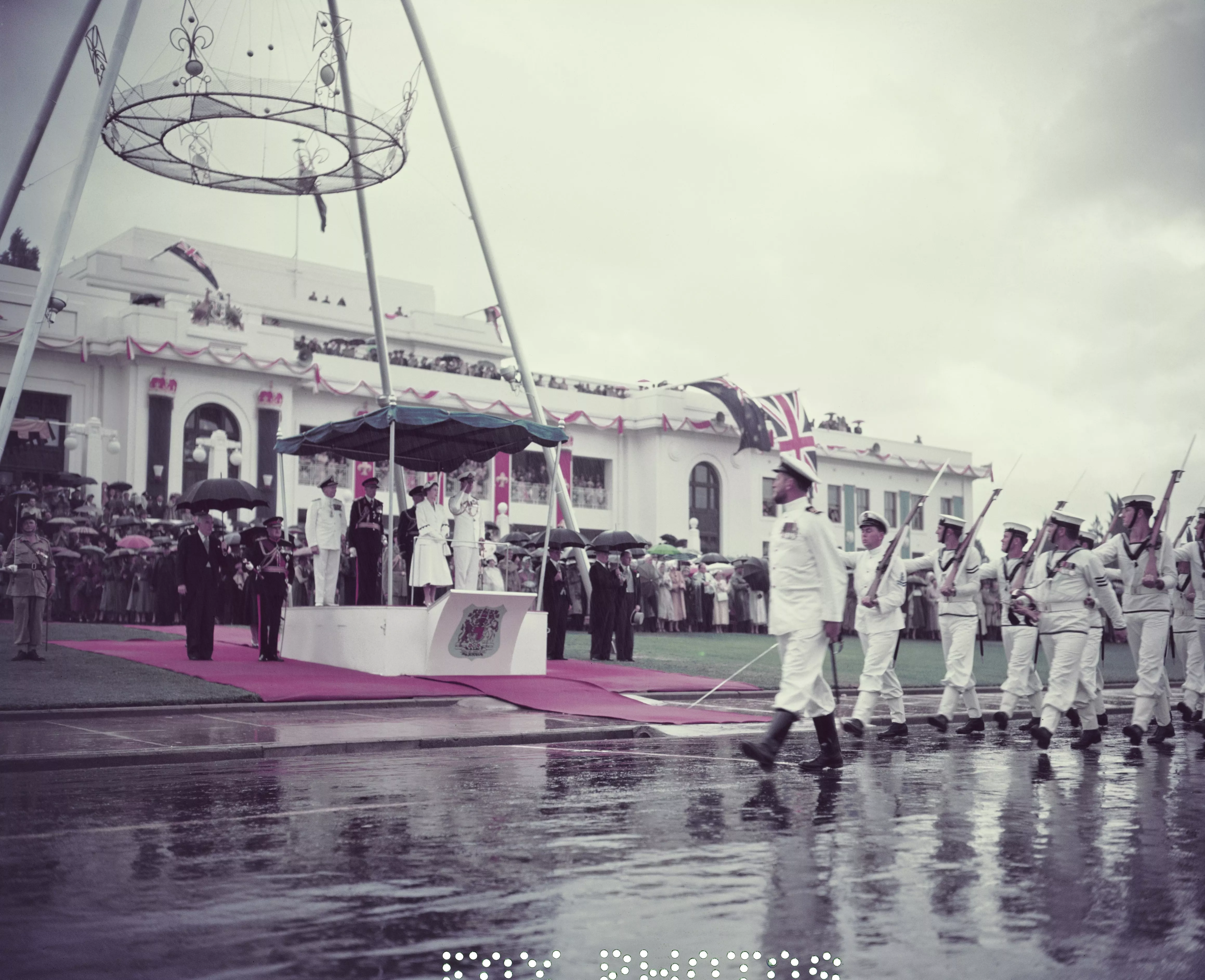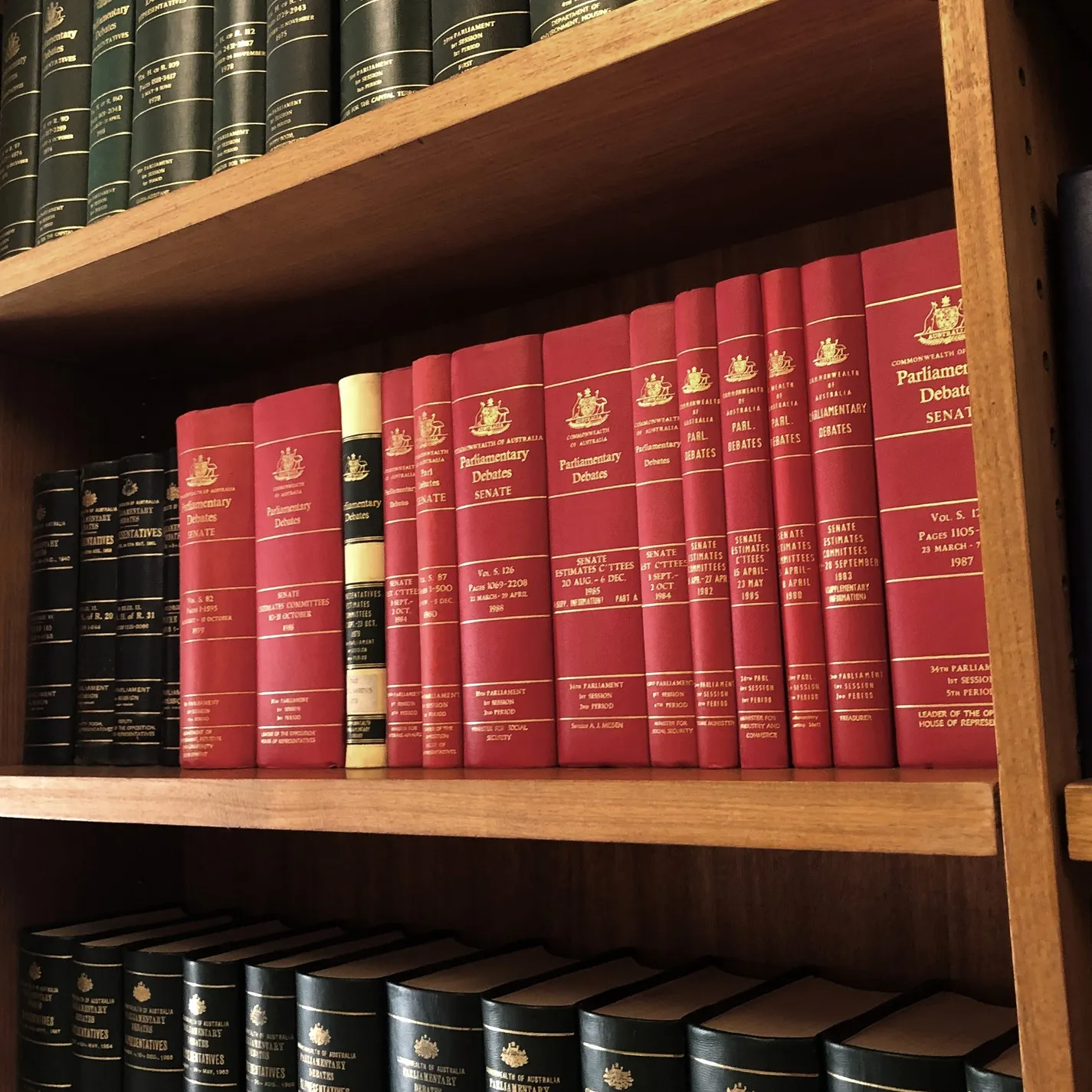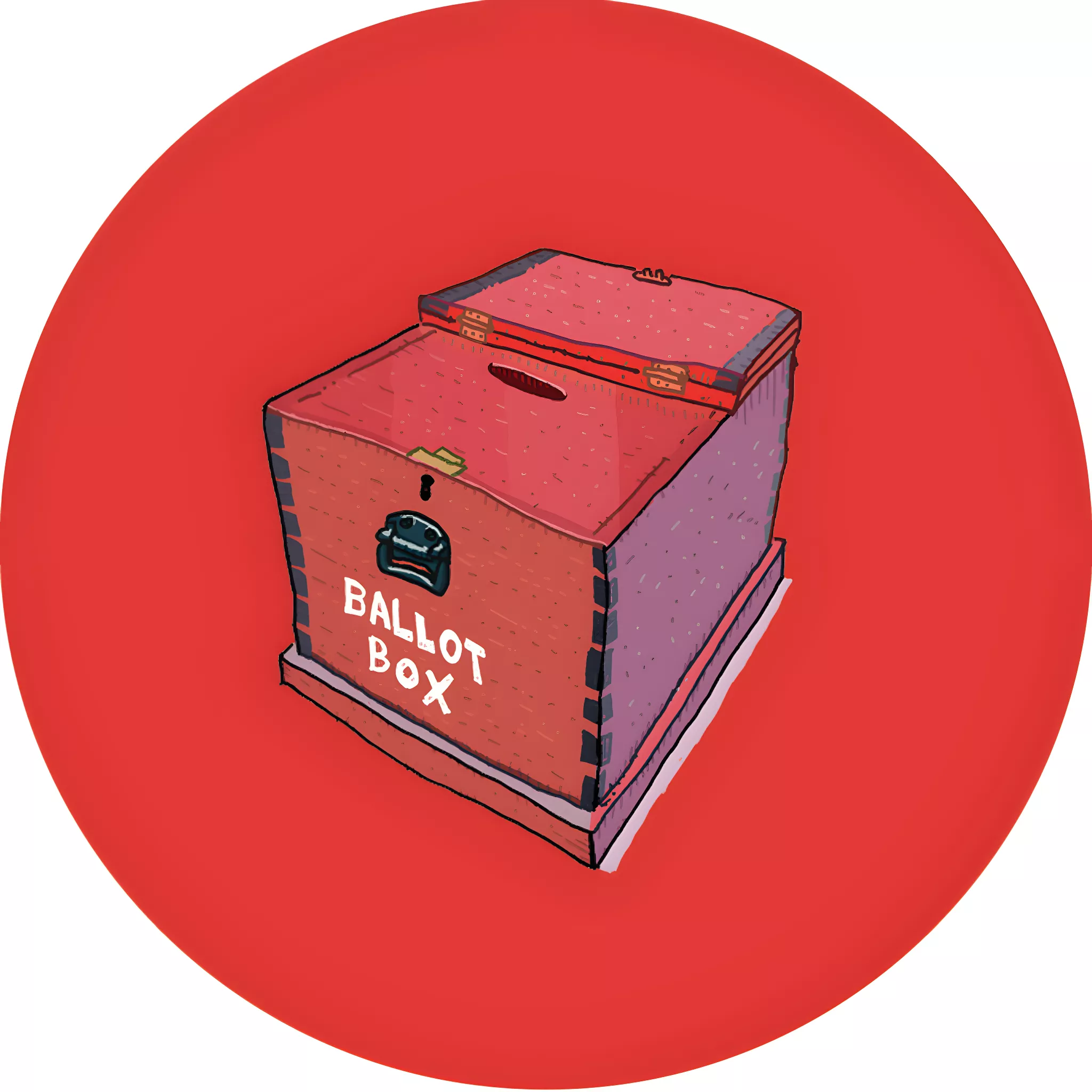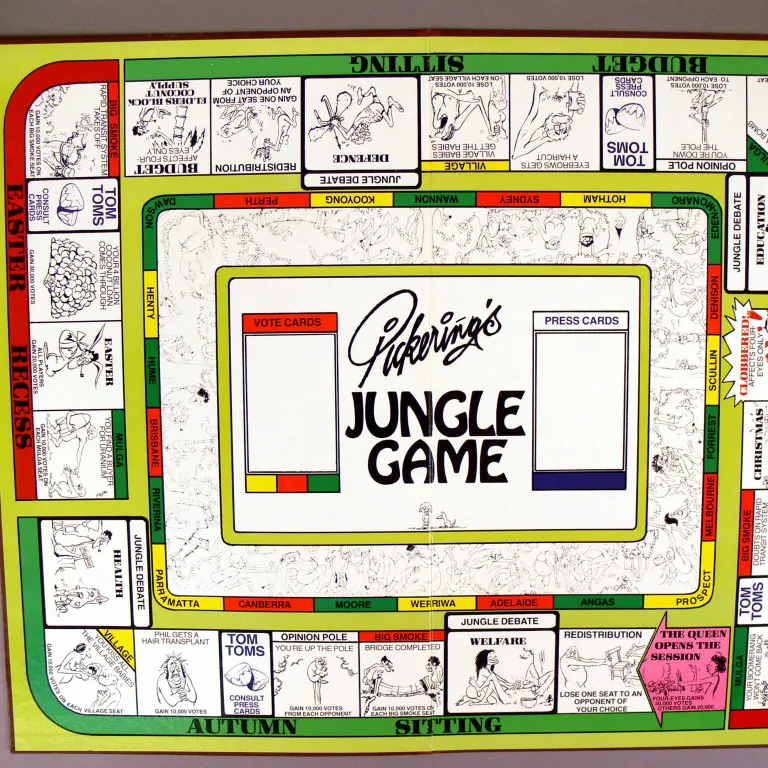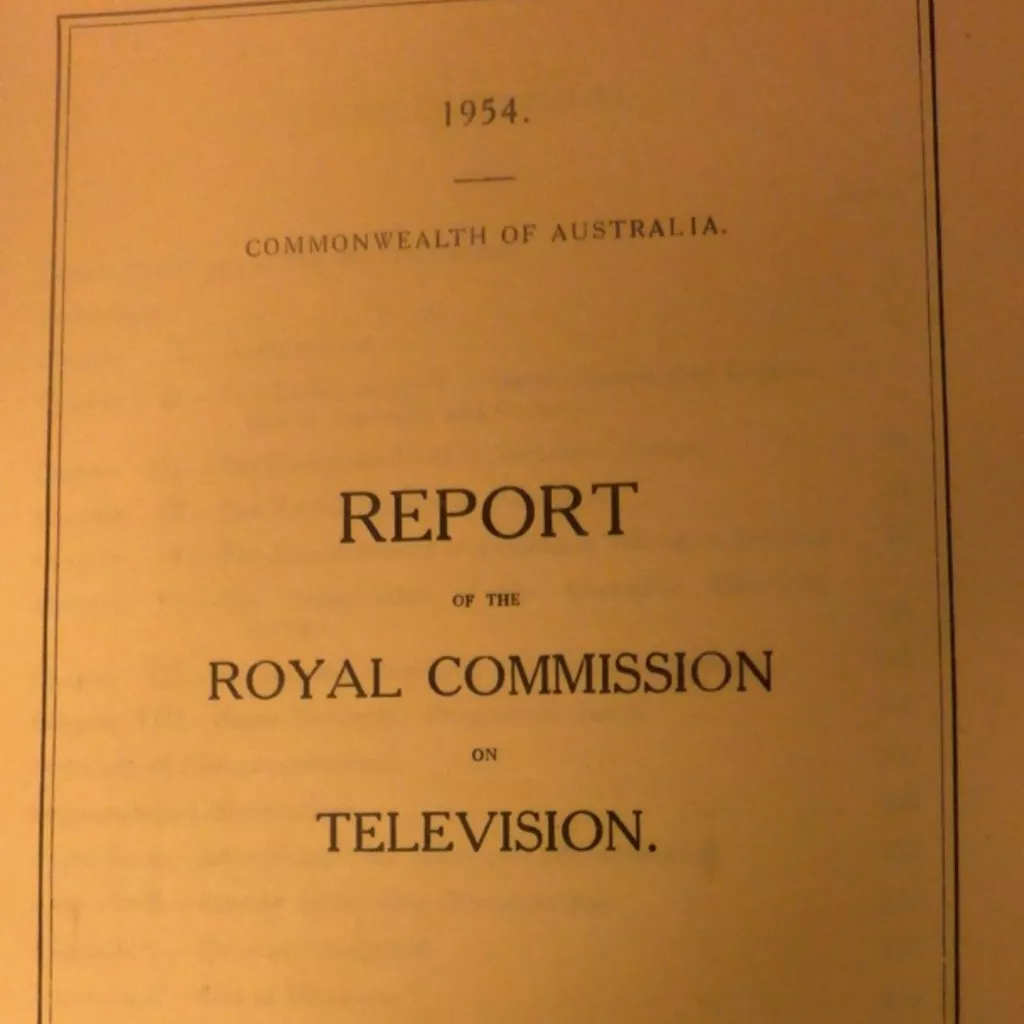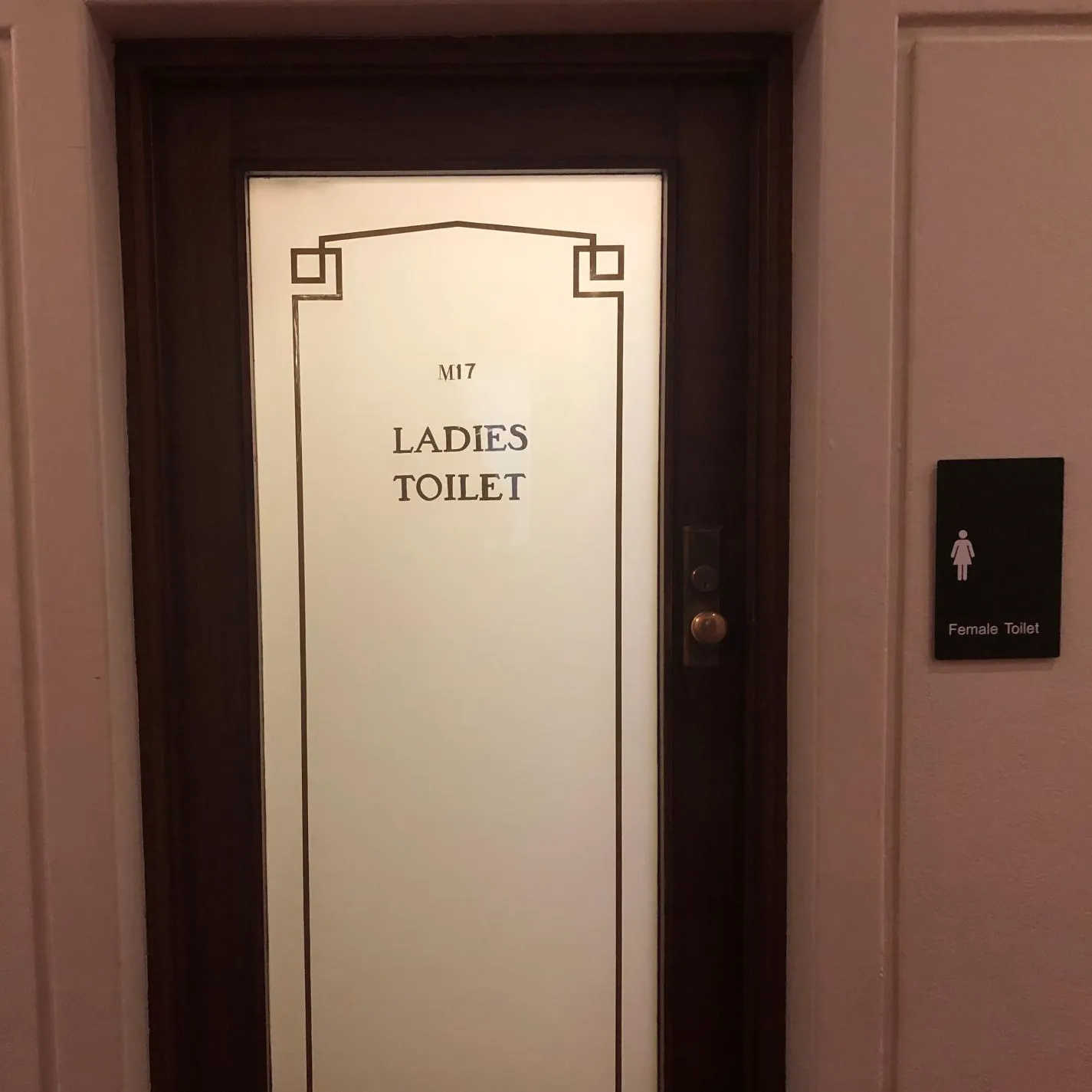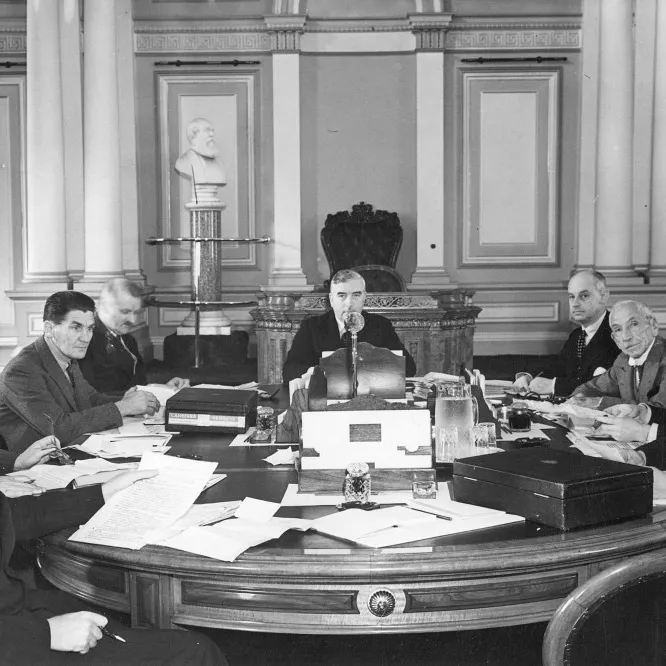Just add unicorns: celebratory coronation arches from London to Canberra
- DateFri, 10 Jun 2022
A royal tour is filled with grandeur and glamour; there’s gowns, tiaras, fancy state balls, and sometimes, even unicorns. Read on to discover how Canberra welcomed not only the Queen, but also mystical beasts from another land.
Soon after her coronation in June 1953, it was announced that Queen Elizabeth would journey to Australia as part of a lengthy tour of Commonwealth countries. It would be the first visit by a reigning monarch and the news was met by officials and the Australian public with excitement and enthusiasm.
When planning for a royal visit, there is always a plethora of things to organise. From the outfits to transportation, from food to invitations and decorations; all are critical to mark the special occasion. Somewhat surprisingly, some cleverly crafted arches played an important part in this particular royal visit. Now don’t get me wrong, I appreciate decorations and possess a soft spot for some strategically placed bunting, but when I discovered that multiple arches popped up around Australia, I was curious.
The ancient Romans are credited with creating the ‘triumphal arch.’ Romans used them to commemorate victorious generals or significant public events such as the founding of new colonies, the construction of a road or bridge, the death of a member of the imperial family or the accession of an emperor. Historically, a triumphal arch is a free-standing monumental structure with one or more passageways, often designed to span a road. The main structure is frequently decorated with carvings, sculpted reliefs, and dedications. In Australia, celebratory arches have been constructed as temporary structures, usually in association with royal visits and processions, and to complement other decorations such as illuminations and bunting.
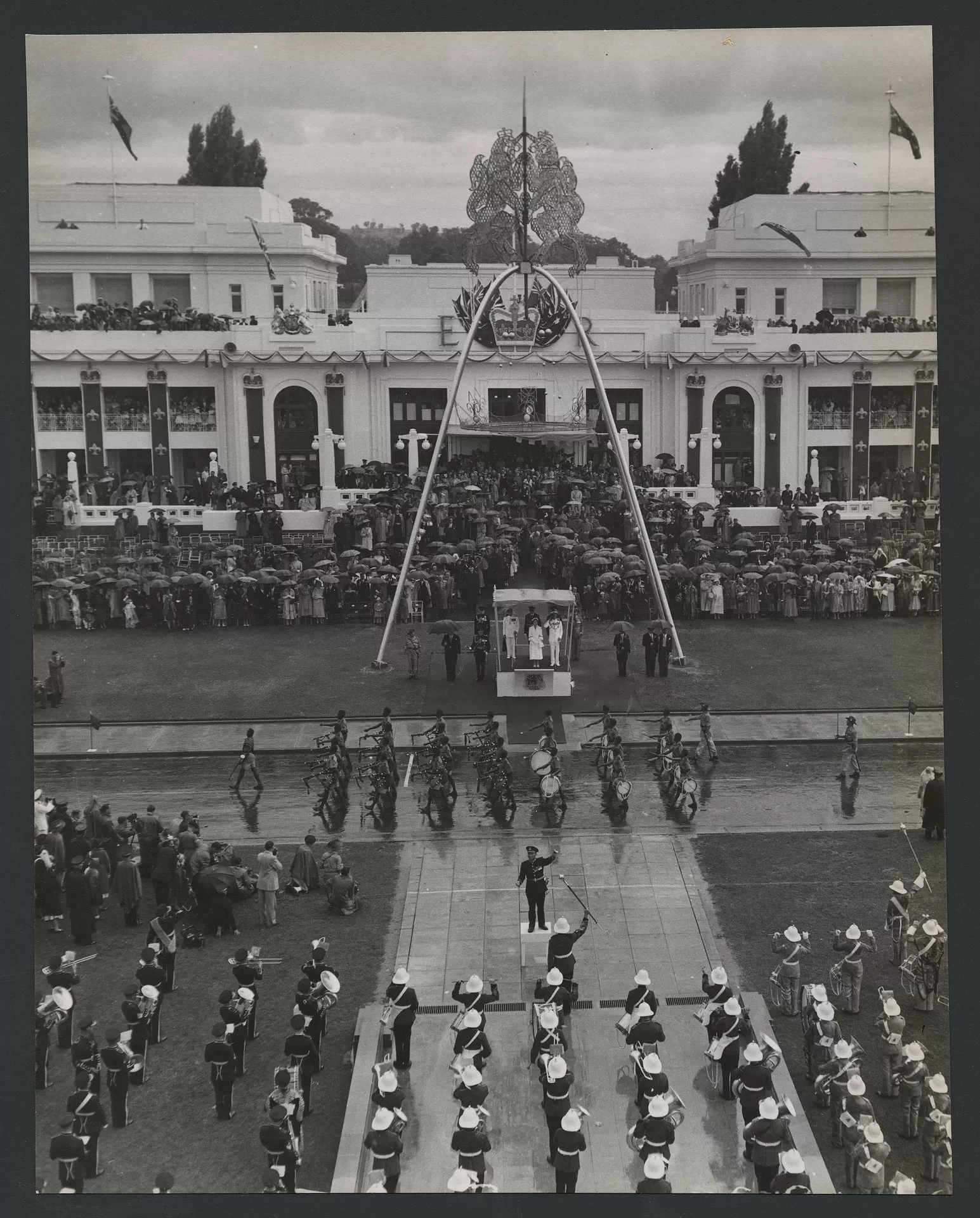
Queen Elizabeth II reviews the troops outside Parliament House, 15 February 1954 Image: MENZ00081_00001 Special Collections, Baillieu Library, The University of Melbourne.
For the 1953 coronation in Britain, the principal decorations for the processional route along The Mall were four twin-spanned steel arches which were illuminated at night and featured decorative motifs including coronets, lions and, wait for it, unicorns. The arches were lifted into place by giant cranes. After the coronation, the arches were disassembled and the decorative pieces gifted to the Australian Government to adorn the streets of Canberra for the Queen’s visit in 1954. The pieces were incorporated into three arches designed and fabricated by the Department of Works. They were positioned around the Parliamentary Triangle, with one directly outside (Old) Parliament House featuring a hanging coronet and topped with a lion and a unicorn. The remaining arches were positioned at either end of the façade of the building so the Queen and Prince Philip would pass under the arches in their motorcades. The building itself was decorated with Union Jacks, Australian flags, and the ever-popular bunting.
Other cities around Australia jumped on the celebratory arch bandwagon. From regional towns to large cities, arches in all shapes, sizes and styles lined the main streets of the towns and cities on the Queen’s route.
In a rare occurrence, Sydney and Melbourne set aside their differences and agreed to share an arch. First used in Park Street in Sydney, the arch was hastily disassembled and swiftly moved to Melbourne. Imagine, packing up the arch and loading it onto a truck and fanging down the Hume Highway racing ahead of the Queen on its way to its new home on Bourke Street in Melbourne city. But sometimes one arch just is not enough! Both Sydney and Melbourne constructed other arches to beautify other streets in their cities.
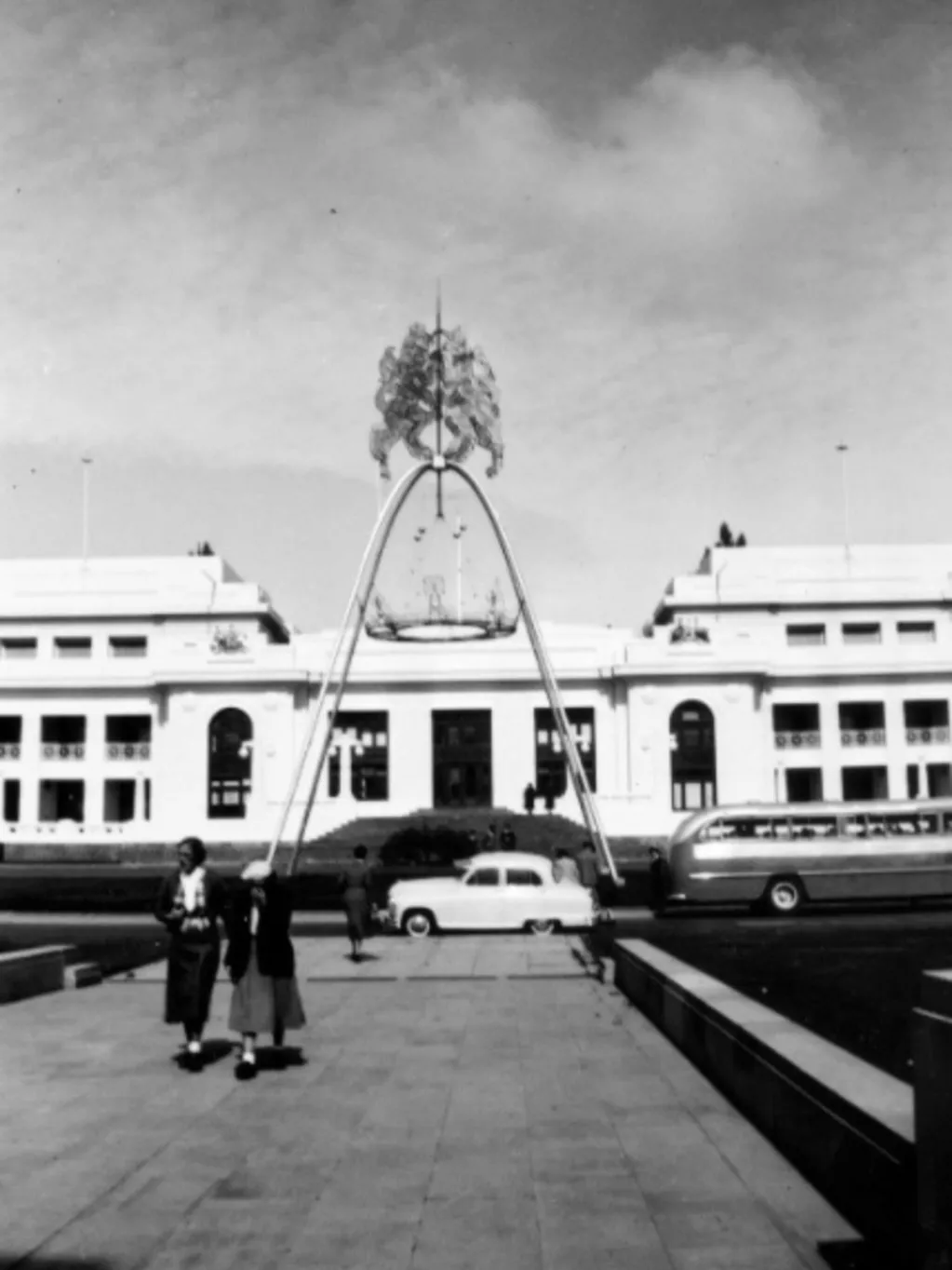
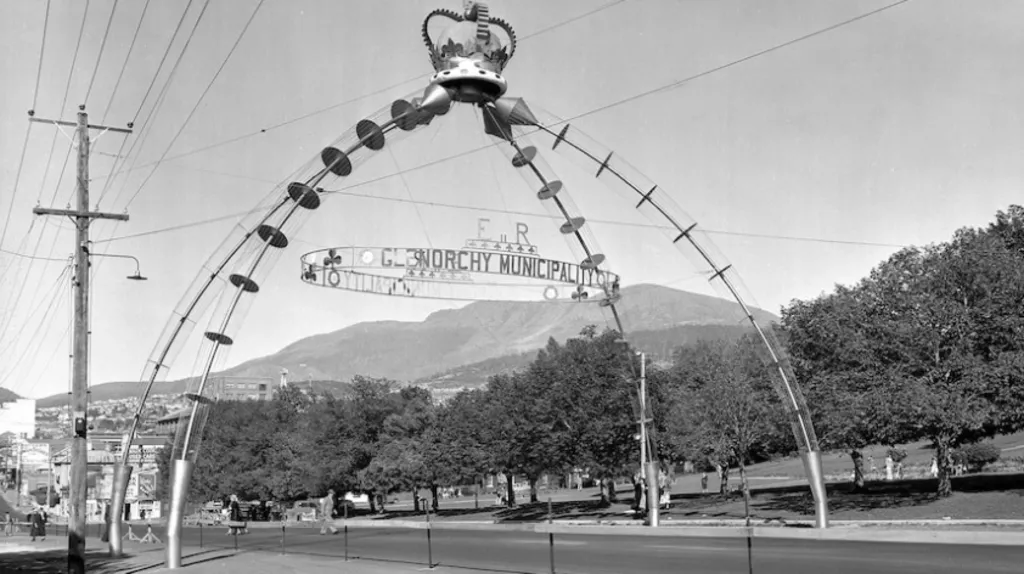
This futuristic arch was built by local businesses as a symbol of Glenorchy’s civic pride for the Queen's visit in 1954. Image: ABC News, republished 16 January 2019
When the Queen and Prince Philip visited Tasmania, they were greeted with a futuristic arch in Glenorchy. The local industries collaborated to build the tribute to the new Queen and it was later purchased by the owners of the Motel Derwent in 1960 and installed in their car park. Now called the Riverfront Motel, the arch is still in situ but with a sign advertising the motel adorning the top rather than the crown.
Every celebratory arch across Australia was unique and conveyed the excitement and anticipation of the first royal visit. The gifting of decorative pieces from the Mall arches to adorn those in front of Old Parliament House reaffirmed the close ties between Australia and Britain at the time and the links across the Commonwealth.
